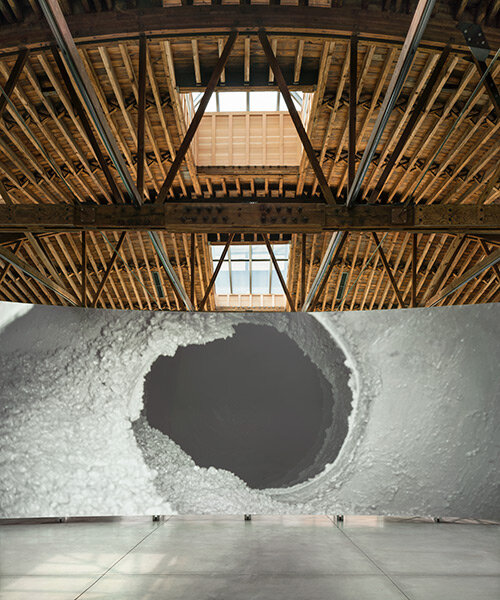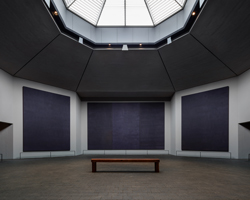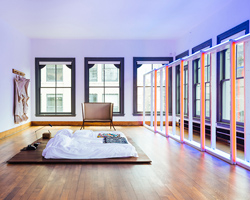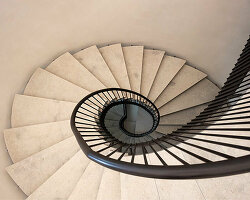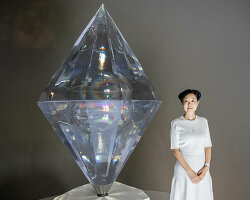following a two-year-long renovation and expansion, dia art foundation has celebrated the completion and public reopening of dia chelsea — a 32,500-square-foot facility, with 20,000 square feet of integrated, street-level exhibition and programming space. designed by architecture research office (ARO), the comprehensive revitalization project merges three adjacent buildings in the formerly industrial new york neighborhood — a plan grounded in dia’s architectural legacy of adapting and reusing existing structures. upon reopening on april 16, 2021, admission to dia chelsea is now permanently free, making dia’s constellation of five sites and locations in new york city free to the public. this renovation in chelsea forms part of a comprehensive multiyear campaign to advance dia’s mission, program, resources, and facilities. the project encompasses the future launch of dia soho with the simultaneous revitalization of two landmark installations by walter de maria; the restoration and expansion of the lower-level galleries and landscaping at dia beacon.
designboom learned more about dia chelsea’s renovation and reopening, relationship with ARO throughout the project, and plans for the future from jessica morgan, dia’s nathalie de gunzburg director.
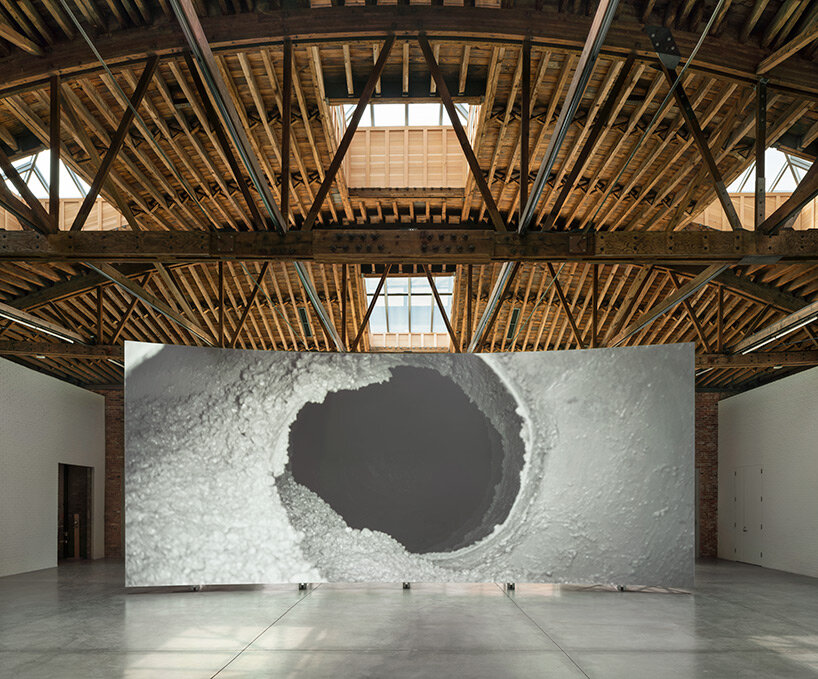
lucy raven, ready mix, 2021 | installation view at dia chelsea, new york city © lucy raven
image by bill jacobson studio, new york, courtesy dia art foundation, new york
inside dia chelsea, each building reveals its structure and the full extent of the interior spaces with exposed structural systems, new high-performance skylights that match the originals, and seamlessly integrated infrastructure for lighting and audio-visual systems. the space is inaugurated by an opening exhibition of newly commissioned works by lucy raven — following a three-year engagement with the foundation. the artist presents casters x-2 + casters x-3, an installation of kinetic light sculptures; and ready mix, an immersive installation featuring a forty-five-minute film shot over the course of two years at a concrete plant in central idaho. the two projects explore properties of speed, pressure, and materiality in the context of the western united states. born in arizona, raven engages the legacy of the land artists that dia has supported since the early 1970s.
read on for our interview with jessica morgan, below.
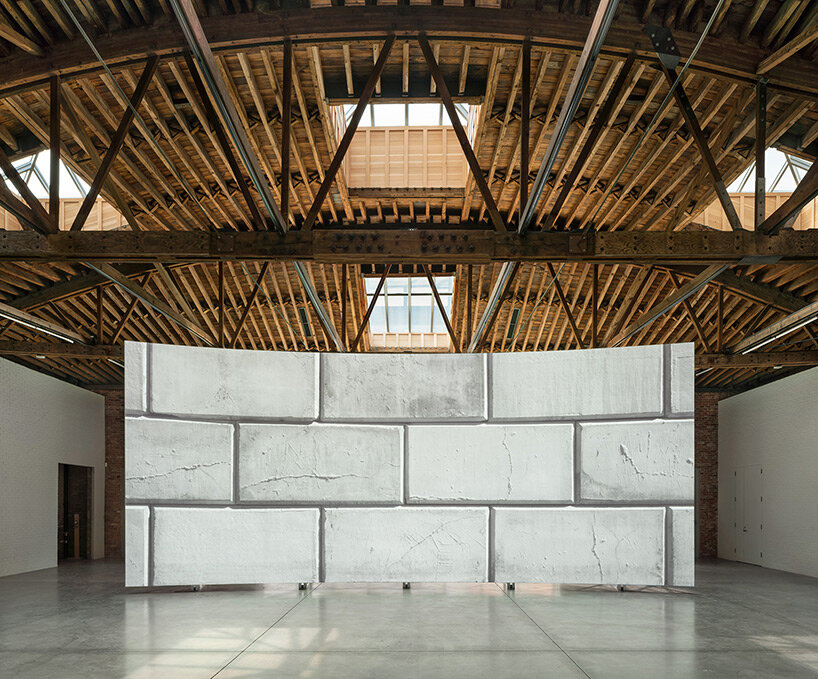
lucy raven, ready mix, 2021 | installation view at dia chelsea, new york city © lucy raven
image by bill jacobson studio, new york, courtesy dia art foundation, new york
designboom (DB): over the last year, have there been any positive takeaways, discoveries, or new understandings about the art viewing experience that an institution like dia can carry into the future?
jessica morgan (JM): I think it has fundamentally made us appreciate and understand, far more deeply, the significance of offering space to visitors. I think one of the things that certainly struck me when we re-opened dia beacon last summer and other spaces, besides it being wonderful to see installations again, was how truly inspiring and clarifying it was to offer a space for people to be in collectively, a kind of social space. I think that’s true here in chelsea as well. obviously, we’re delighted to show the commission by lucy raven, but it’s also just about offering a place for people to be collectively. I think, fundamentally, that has become extremely clear to everyone. that our role as institutions is one of providing place for people.
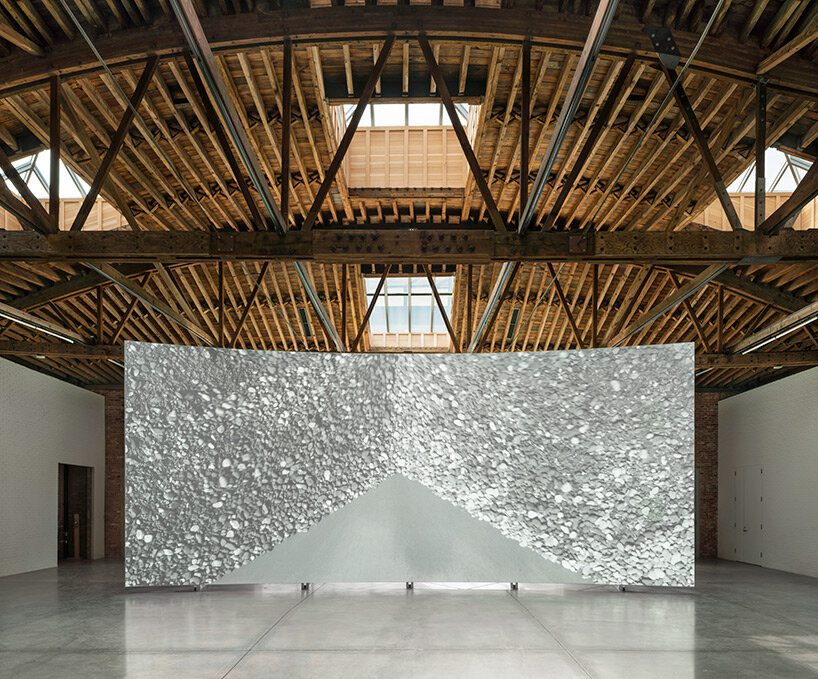
lucy raven, ready mix, 2021 | installation view at dia chelsea, new york city © lucy raven
image by bill jacobson studio, new york, courtesy dia art foundation, new york
DB: dia has a long history of reusing and repurposing existing spaces as exhibition spaces. what was this chelsea space in its prior life?
JM: in two of the buildings — there’s one six storey building where our offices are, and we’ve been based for some time — we were renting out a lot of the floors to various galleries, many of which have moved on. with that, it allowed us to think about occupying the spaces ourselves in a different way and in particular the ground floor, which we then connected to the gallery spaces. for many years since I started, we were using that for exhibitions in a somewhat ad hoc way. the need for renovation was pretty dire and nothing had happened to these buildings for many decades. the systems and structures were completely falling apart and the façades of both buildings were literally falling away from the front of buildings — so it was urgent. we decided to close and perform this renovation, which allowed us to connect all three buildings as well, so that there’s now a continuous space.
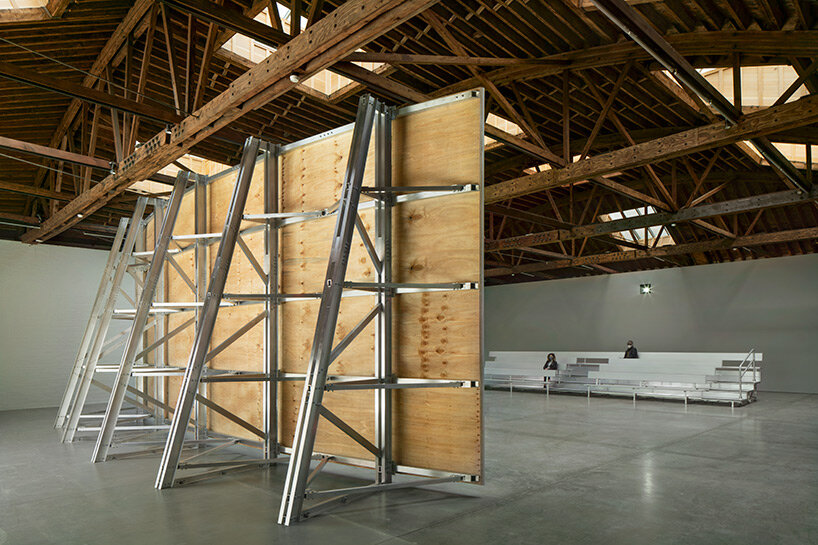
lucy raven, ready mix, 2021 | installation view at dia chelsea, new york city © lucy raven
image by bill jacobson studio, new york, courtesy dia art foundation, new york
DB: what was your relationship like with architecture research office, who designed the space?
JM: they are fantastic — we selected them because we weren’t really looking to make a bold architectural statement. we wanted this to be about bringing the buildings back to a state of clarity, and sustainability as well. having seen the work that they had done for the judd house in particular, we were very aware that they were willing to put ego aside a bit and be extremely practical. not that there aren’t a ton of aesthetic decisions to be made here, but it wasn’t about a new build and it wasn’t about a bold statement. it’s been an absolute pleasure working with them, and we’ll continue working with them. moving on, this project sort of led to thinking about our spaces overall. we’re now entering the lead up to work that we’ll be doing in soho, renovating our spaces there and taking back a space that we’ve been renting out for some time. we’ll be working with ARO on that, as well as work that ultimately we’ll be doing to dia beacon as well — so it’s good that we all get on!
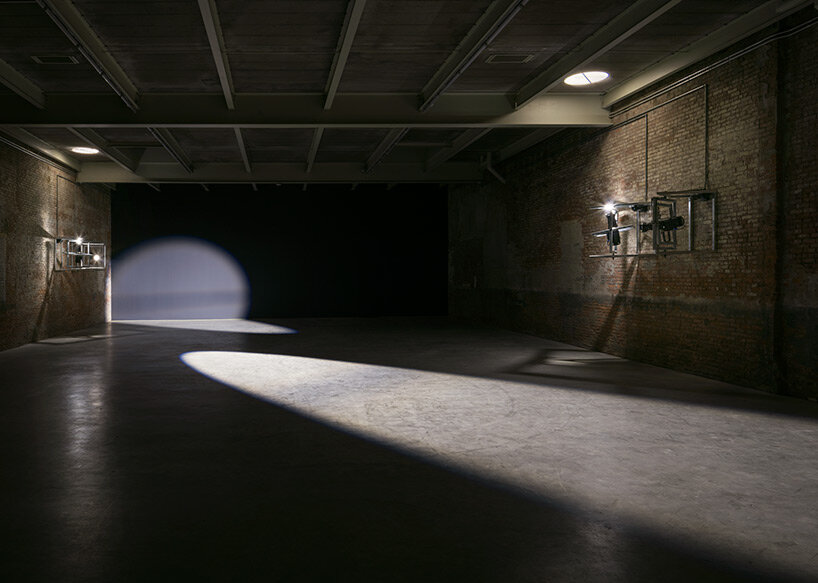
lucy raven, casters X-2 + X-3, 2021 | installation view at dia chelsea, new york city © lucy raven
image by bill jacobson studio, new york, courtesy dia art foundation, new york
DB: looking ahead, what are the next steps for dia?
JM: we have two permanent installations by walter de maria, the new york earth room and the broken kilometer. they’ve had 50 years of public access, and absolutely no infrastructure work. so we will be closing both of those in order to bring HVAC back into the spaces, which currently doesn’t exist at all, which means that, in general, we have to close during the summer because it’s too hot. that will be a major part of the work that’s happening. but also, in the case of the earth room, we’re actually adding additional public space so that people will be able to sit and reflect. having seen the work right now, it’s very much a viewing experience and then you leave. we’ll be adding an additional space, where people can perhaps read about the work and sit and reflect. we often have school groups coming through, so it will be a space where classes could meet as well, which I’m super excited about.
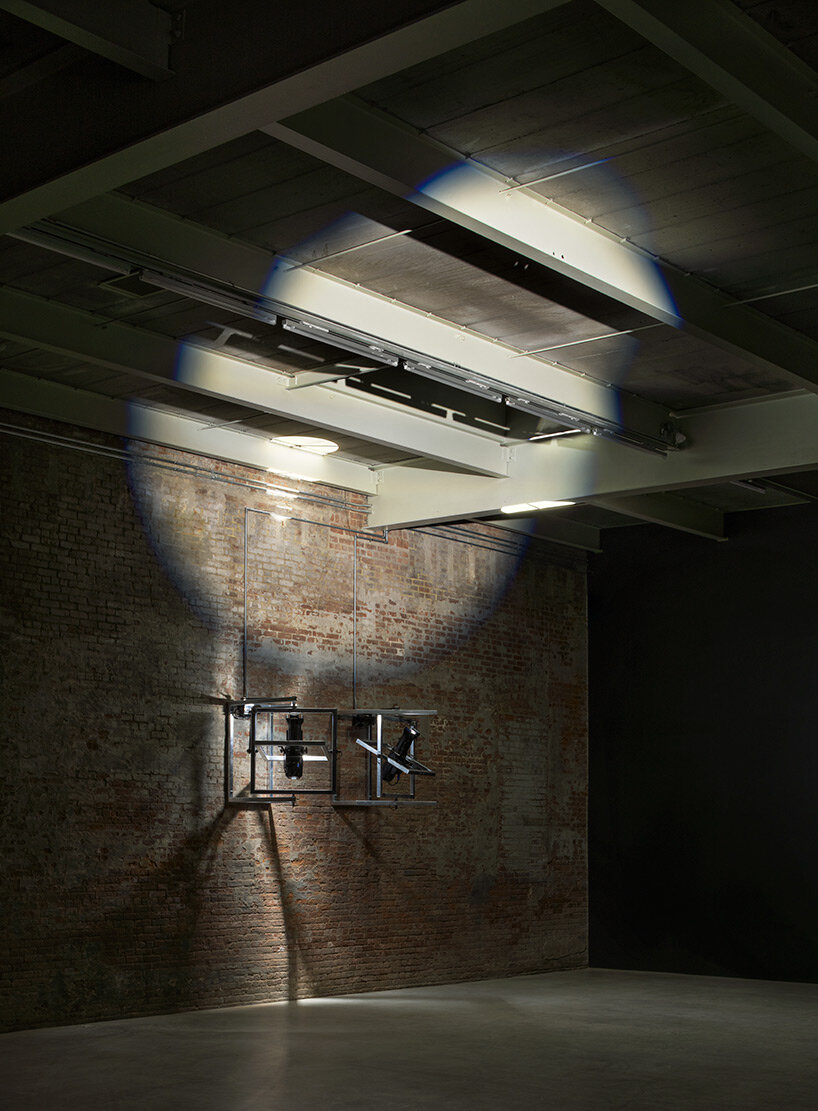
lucy raven, casters X-2 + X-3, 2021 | installation view at dia chelsea, new york city © lucy raven
image by bill jacobson studio, new york, courtesy dia art foundation, new york
DB: why was it important for dia to make these spaces permanently free?
JM: I grew up in the UK in london, and I have to say that I think the experience of being able to access museums for free was so fundamentally important for me as a young person. I can absolutely say that I would not have gone! (laughs) but instead, they became places where me and my friends weren’t necessarily always looking at art, but would spend a lot of time. they were really important places for us to be in, to feel welcome, and not kind of shooed out of. so that sort of accessibility, of being free, is absolutely at the top of the list of why we did this. I’m also very much aware of the fact that just being free is not enough — we need to also ensure that people feel welcome, and that we’re doing the outreach necessary to bring in the diverse communities that live around us. but it’s one less hurdle, let’s say, to accessing art, which I’m fully aware is not necessarily always the most easily accessible and accommodating environment for a lot of people.
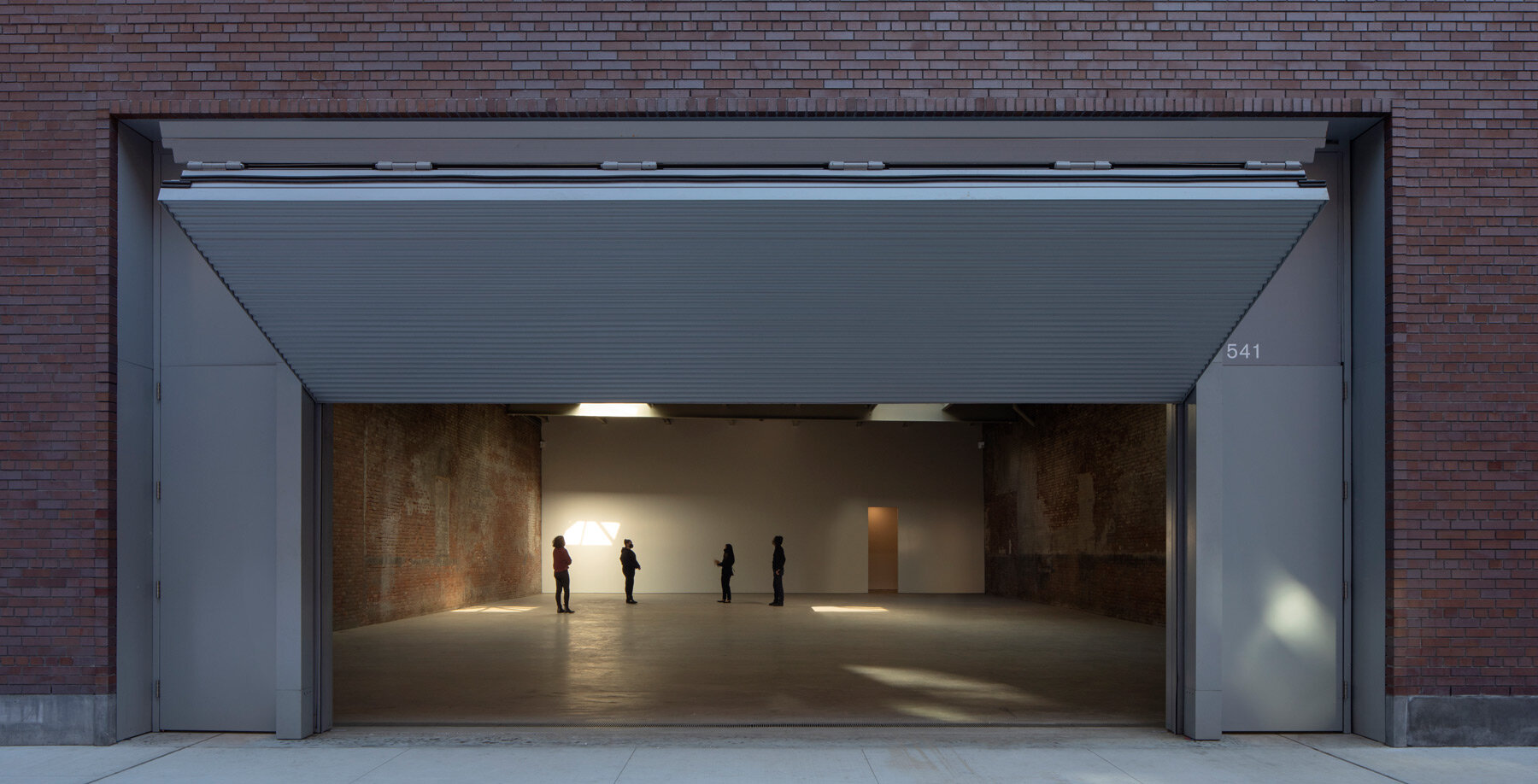
image by elizabeth felicella
DB: can you briefly introduce the opening exhibition by lucy raven?
JM: lucy was an artist, like most of the artists we work with, that we started a conversation with quite a few years ago — almost four years ago now. she’s someone who’s very interested in the history of many of our artists, especially our history with land art. we’ve tried to always work with artists who don’t necessarily have a one-to-one relationship with our historical artists. we’re not looking to work with a painter who makes paintings like agnes martin, but it’s more a sensibility and an approach — and lucy certainly had that very clearly. her practice was kind of rooted in these long-term projects. she’s a filmmaker, and that’s not something easy to do without support, and I think we also see our role as very much one of providing that type of assistance so that artists can make projects that otherwise literally might not be able to happen. so it was an ongoing conversation that began with her giving a talk that, in fact, manifested in the shape of a film. then moving on from that, we thought about what a bigger project might be with us over time.
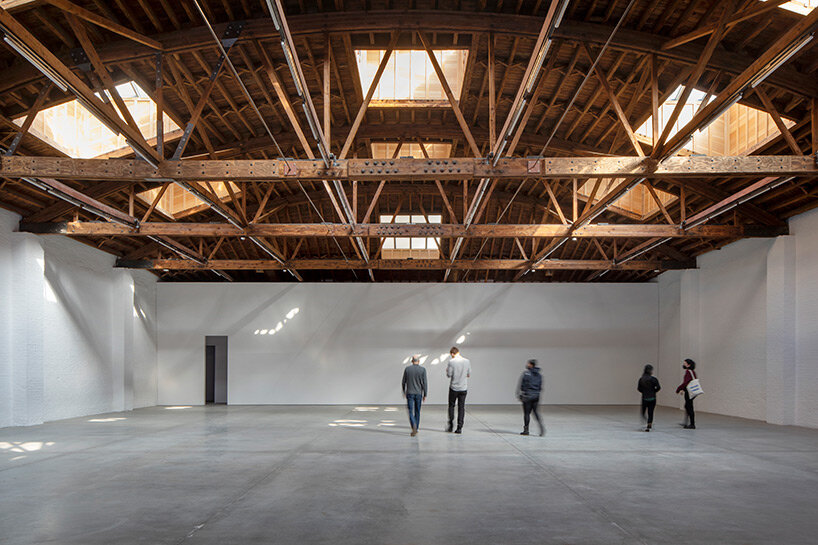
image by elizabeth felicella
JM (continued): I think that the film that she’s produced is incredibly memorable. what has struck me about the exhibition is how deft she is at installation — the film is projected on an enormous cinema scope screen, and occupies a huge space that we have here. it occupies that space in such an incredible way. seeing how much of a sculptor she is, as well as a filmmaker, was really fascinating to begin to understand. in fact, the film itself sort of moves between these painterly sequences and very sculptural sequences. there’s a very rich materiality to her work. as with many filmmakers, of course, it’s always optimum to see the work installed, as it should be, rather than on a small computer screen. it makes such a huge difference with her work, I think, to see it at that scale, and to have that kind of encompassing environment. you realize how important cinema is in terms of its format.
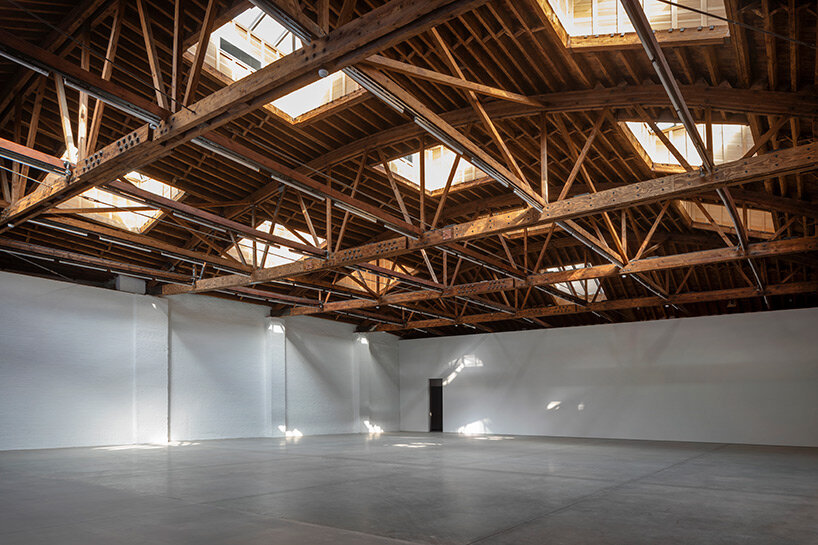
image by elizabeth felicella
DB: what were you most looking forward to on re-opening day, and has it met your expectations?
JM: although we were all working furiously on making this happen, we forgot to anticipate what it meant to reopen. so in a way, as it came to a week or so before, it took us all a little bit by surprise! it was really thrilling to see people come back and how happy people were to have a space in this neighborhood and community again, and to be able to access it not only for free, but also to know that this project, like all of our projects, is on for a very long time. it’ll be up for nine months, so that people feel like they have the time to come back again and again, which is very much a part of how we approach showing artists work. so, it’s just been a great pleasure. I’m also happy to say that I don’t look at the work that we did on the buildings and identify all the things that I wish we’d done differently, which may be what I normally do — so somehow, we must have got something right!
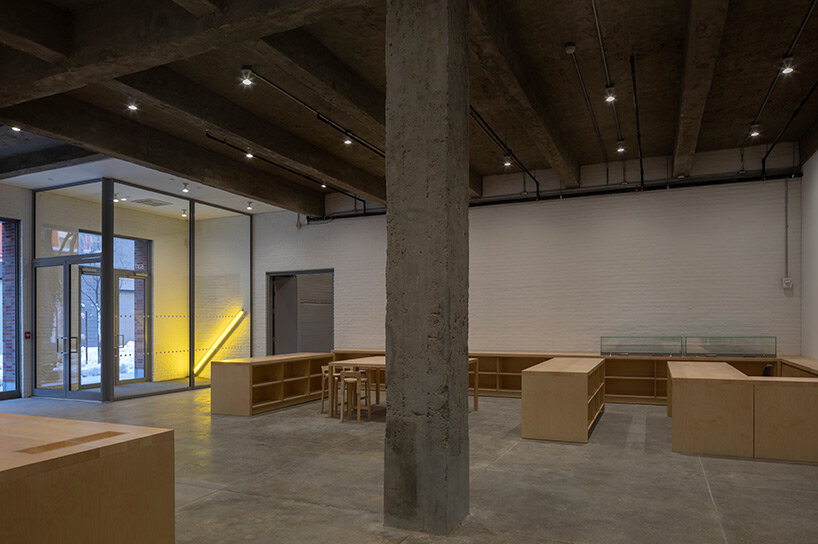
image by elizabeth felicella
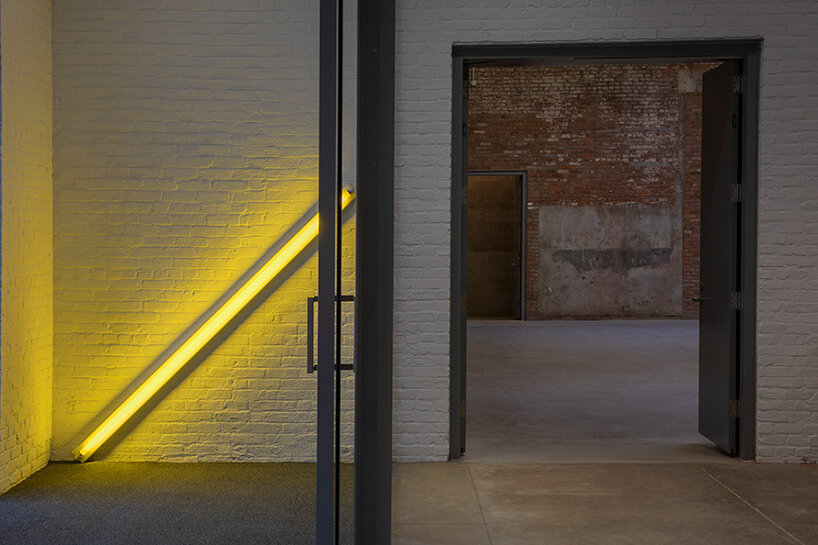
image by elizabeth felicella
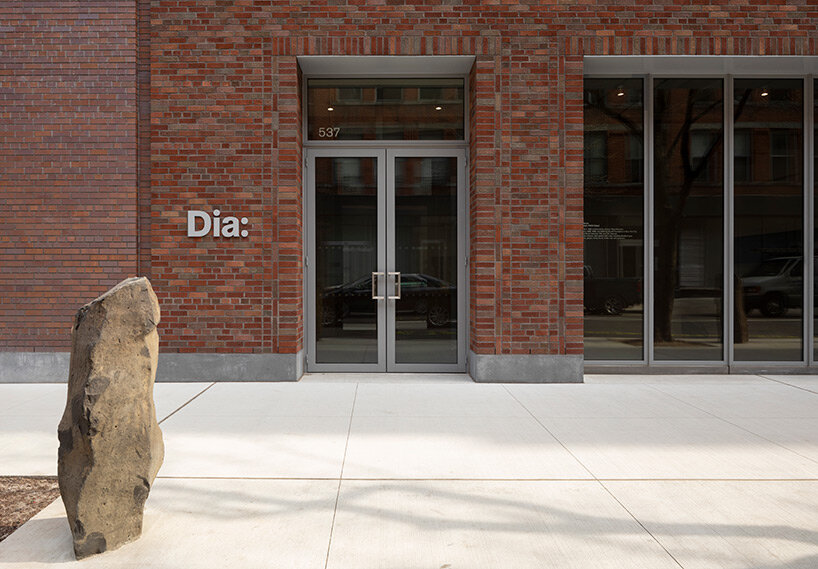
image by elizabeth felicella
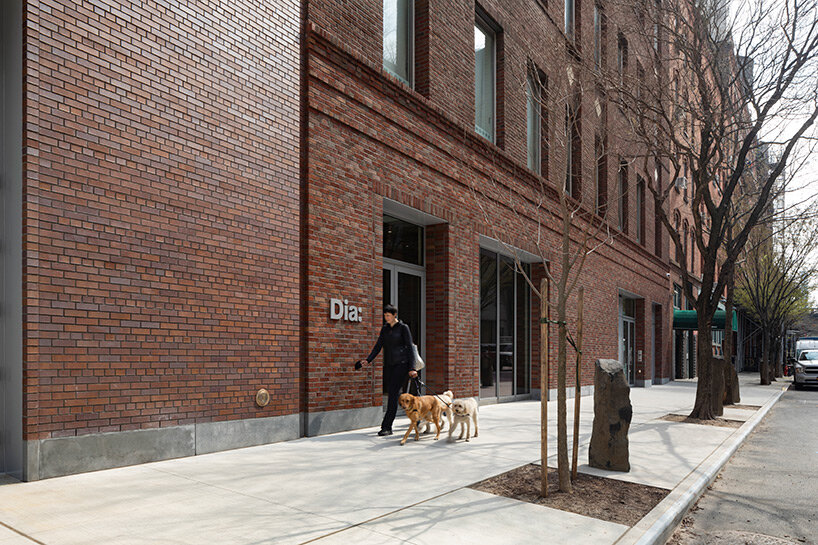
image by elizabeth felicella
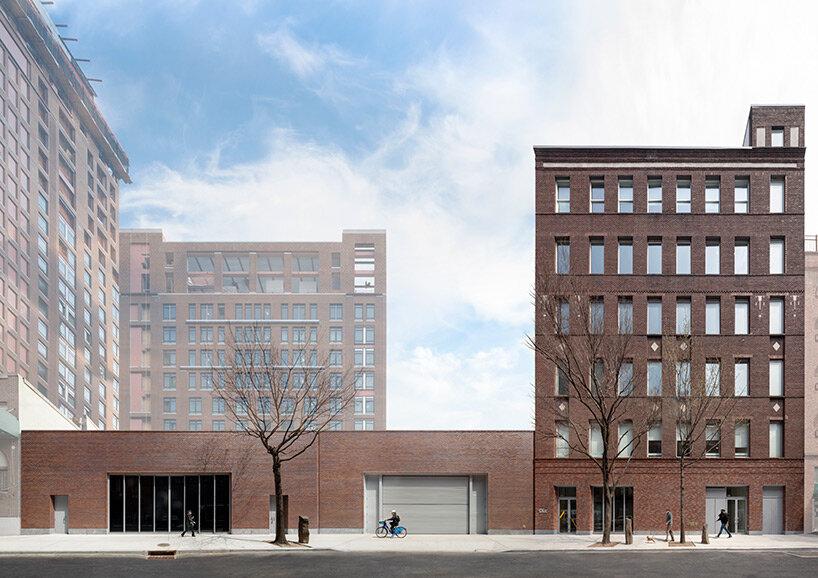
image by elizabeth felicella
architecture research office (ARO) (3)
art interviews (138)
PRODUCT LIBRARY
a diverse digital database that acts as a valuable guide in gaining insight and information about a product directly from the manufacturer, and serves as a rich reference point in developing a project or scheme.
